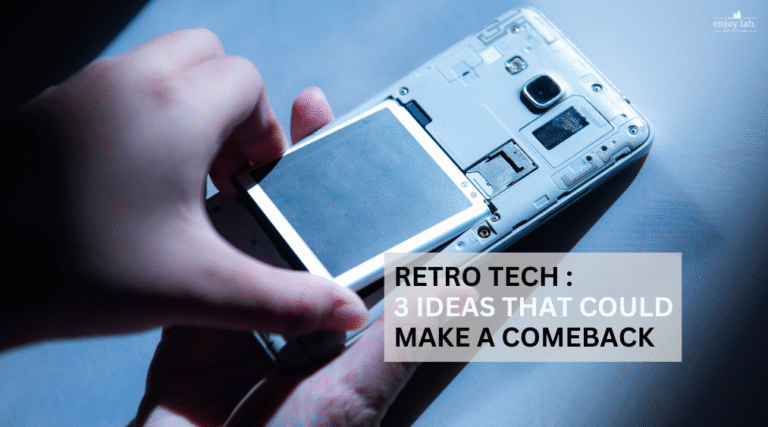Who does not know Labubu now? This Labubu craze has taken the collectible world by storm. It is not just kids who are clamoring to collect their favorite characters—adults, too, have joined the frenzy, driven by what is now called the “kidult” movement. Stepping into the world of Labubu, you need to know two names: its creator, Kasing Lung, and Pop Mart, the company.
Who Is Kasing Lung? The Designer Behind Labubu

Labubu’s creator, Kasing Lung, is a Hong Kong-born artist based in the Netherlands. His unique artistic style combines childhood nostalgia with elements of fantasy and folklore. At the heart of his creations is Labubu, a quirky flurry creature from his The Monsters series, which is inspired by Nordic folklore. Of course, the power of influence of Lisa, Blackpink, a big fan of Labubu, pushes Labubu into the stratosphere of attention!

Labubu isn’t just another toy—it’s a work of art. Kasing Lung’s imaginative designs bring joy, mischief, and curiosity. You can see his work portfolio here.
What Is Pop Mart? The Driving Force Behind Designer Toys

To understand Labubu and kidult craze’s meteoric rise, we must discuss Pop Mart, the powerhouse behind its distribution. Founded in Beijing in 2010 by Wang Ning, Pop Mart started as a lifestyle retail brand but shifted its focus to designer toys in 2016—a decision that would revolutionize the market. Pop Mart’s innovative business model, particularly its blind box strategy, has made it a global leader in the collectible toy space.
The Blind Box Phenomenon
Pop Mart’s signature blind boxes are small packages that hide a collectible figure inside. Buyers do not know what is in for them. They may be something they already have or something super rare. This creates a sense of excitement and exclusivity. The thrill of unboxing and the chase for rare items has turned these toys into must-have collectibles. I had witnessed first-hand how the effect of the blind box on my wife, who is a big fan of Molly and always tried her luck with the blind box.
The Rise of the Kidult Market
Pop Mart’s success also aligns with the growing kidult movement, which refers to adults who engage in activities traditionally associated with childhood, such as collecting toys or playing video games. According to Euromonitor International, the kidult toy market is now worth over $9 billion globally, and brands like Pop Mart have capitalized on this trend. 75% of Pop Mart’s customers are aged 18-35, highlighting the appeal of their products to young adults who see designer toys as art and lifestyle. But I am pretty sure the age group will get older.
Pop Mart’s Most Popular Characters
While Labubu is a standout star, Pop Mart is home to many other iconic characters, including:

- Molly: A wide-eyed doll created by Hong Kong artist Kenny Wong, known for her quirky outfits and whimsical designs.
- Dimoo: A celestial character by Ayan Deng, popular for its dreamy, otherworldly vibe.
- Pucky: A fairytale-inspired series by artist Pucky Wong, featuring magical creatures like elves and pixies.
- Skull Panda: Gothic and edgy, appealing to collectors who prefer darker aesthetics.
Together, these characters have helped Pop Mart build a massive fanbase, with annual revenue reaching $904 million in 2021 and a market valuation of over $7 billion, having also listed on the Hong Kong exchange in 2020.
Pop Mart’s Impact on the Designer Toy Industry and the Kidult Craze
Pop Mart has not only popularized Labubu but has also reshaped how designer toys are perceived and consumed. Similar to what Medicom does with BearBrick, its collaboration with international artists has elevated designer toys to a form of accessible art, and its blind box strategy has turned collecting into an addictive experience.
What Are Designer Toys?
Designer toys are collectibles created by independent artists and small studios, often produced in limited runs to maintain exclusivity. They blur the line between art and toys, making them highly sought after by collectors and contemporary art enthusiasts.
The Kidult Factor
Designer toys perfectly fit the kidult demographic because they combine nostalgia with artistry. For many collectors, owning a figure like Labubu or Molly is more than just fun—it’s a way to express individuality, decorate their space, and connect with a like-minded community.
Final Thoughts
Labubu’s journey from a whimsical creation by Kasing Lung to a global icon distributed by Pop Mart is a testament to the power of art, nostalgia, and smart marketing. As part of the growing kidult movement, Labubu represents more than just a collectible—it symbolizes joy, creativity, and the enduring appeal of childhood wonder. With global attention and demand, Labubu is now as well-known as BearBrick.








